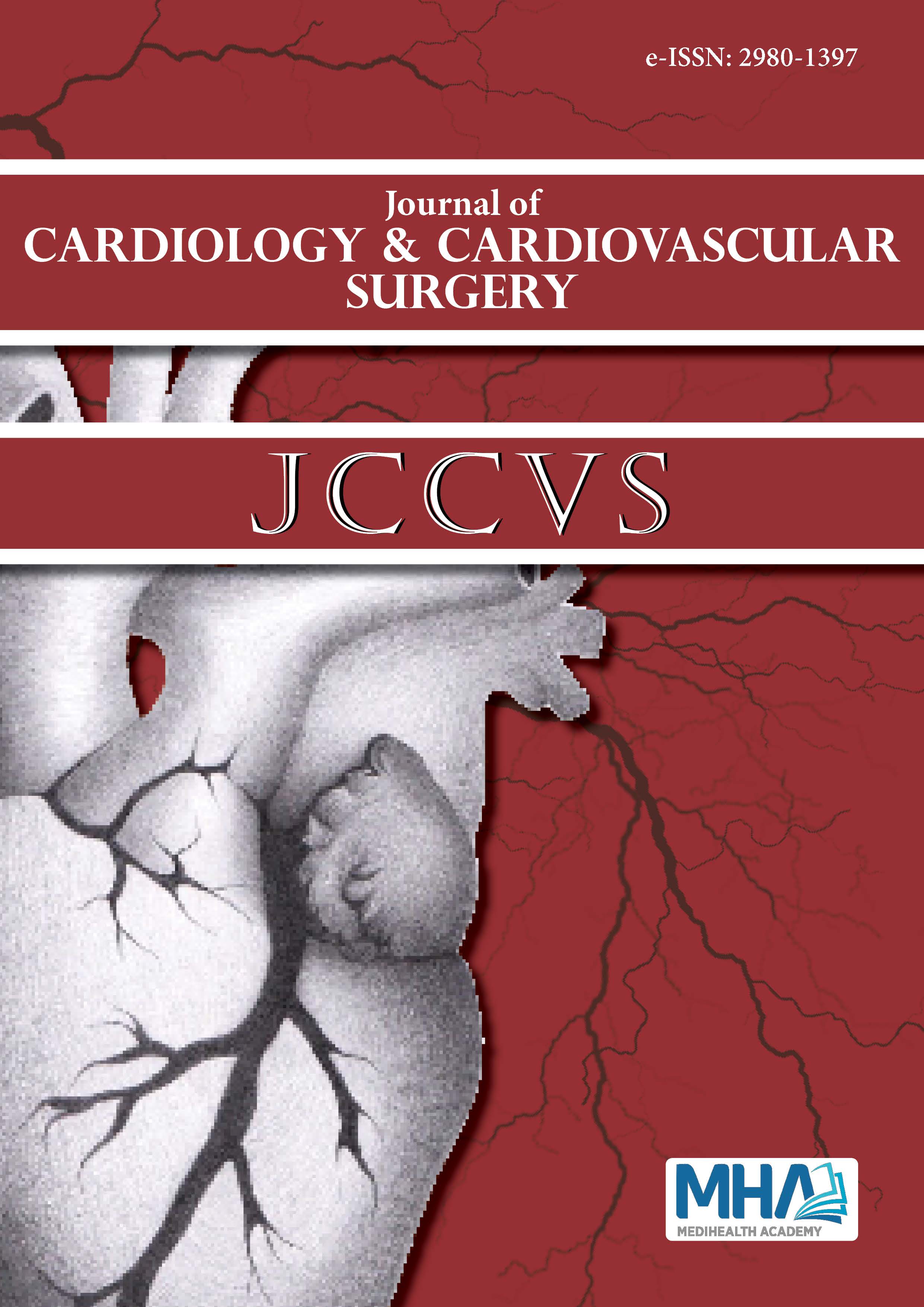Journal of Cardiology & Cardiovascular Surgery
Journal of Cardiology & Cardiovascular Surgery scientific, open-access, double-blind peer-reviewed journal covering a wide spectrum of topics in cardiology and cardiovascular surgery. This journal is indexed by indices that are considered international scientific journal indices (DRJI, ESJI, OAJI, etc.). According to the current Associate Professorship criteria, it is within the scope of International Article 1-d. Each article published in this journal corresponds to 5 points.

